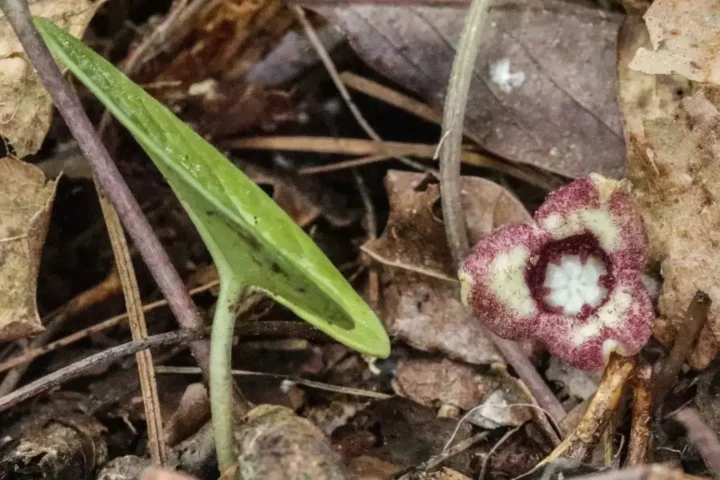Owing to research done recently that revealed a pulsation-like phenomenon occurring in trees, the notion of trees having a heartbeat has gained attention. These pulsations, observed through advanced monitoring techniques such as terrestrial laser scanning, resemble a heartbeat in their rhythm and pulsation,while trees do not possess a heart like humans.
Similar to the heart’s role in pumping blood, the pulses are responsible for the movement of water within the tree’s structure. The traditional belief that trees rely solely on osmosis for water distribution is challenged by this discovery. Making them invisible to the human eye, these tree pulses occur at an extremely slow pace, often taking hours to repeat.
This gentle nature of tree pulsations is analogous to the circadian leaf movements observed in numerous tree species, where branches lower by up to 10cm during their sleep at night. In order to fully understand the precise mechanisms behind tree pulsation and water distribution, further research is needed.
These findings, however, provide valuable insights into the movement and behavior of trees. The study also suggests that monitoring tree movements could be an effective tool for assessing tree health and detecting stress or disease early. One can trace the origin of a tree’s heartbeat back to observations made nearly a century ago during experiments measuring stem growth.
It was discovered by the researchers that tree stems contract during the day and expand at night due to fluctuations in water stored within their tissues. Contrary to the traditional belief that bark is separated from the tree’s transpiration stream, recent research has shown that the pulse primarily originates from diameter fluctuations in the bark. Consisting of a dead outer layer and a living inner section called the phloem, the bark plays a vital role in this pulsation phenomenon.
The phloem is responsible for transporting sugars produced during photosynthesis from the leaves to other tissues in need of energy. Acting as a transport medium for these sugars, water can be drawn out of the phloem and into the tree’s transpiration stream under specific conditions. While trees do not possess a traditional heart, their pulsations and rhythmic movements demonstrate the intricate and fascinating ways in which they function and adapt to their environment.
A remarkable reminder of the hidden wonders in the natural world can be served while sitting next to a tree and observing its movements over an extended period. Furthermore, trees, particularly tropical forests, play a crucial role in the global climate.
Absorbing carbon dioxide and releasing oxygen through photosynthesis, the trees act as the “lungs of the world” by exchanging gases with the atmosphere. They also have a cooling effect by shading the ground and releasing water through stomata, which helps regulate temperatures.
Tropical forests contribute to rainfall patterns through a process known as the biotic pump, where they pump moisture-laden air currents deep into the interior of continents, influencing wind and rain patterns. Leading to decreased rainfall in the surrounding regions, deforestation has a significant impact on the climate.
It is shown by studies that clearing tropical forests results in reduced rainfall, and if deforestation continues, it could lead to a further decline in rainfall and potential tipping points where remaining forests cannot be sustained. An incentive for their conservation can be provided by recognizing the value of tropical forests in maintaining a cooler and wetter climate.
Forest conservation not only helps mitigate climate change but also provides local and regional benefits such as heat stress reduction, increased crop yields, and stable water flows for hydroelectricity generation. Protection and preservation of tropical forests are becoming increasingly important as their role in climate regulation becomes better understood.


















